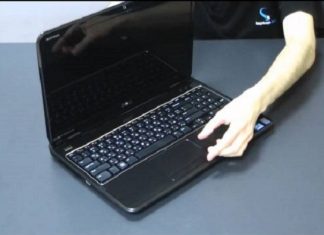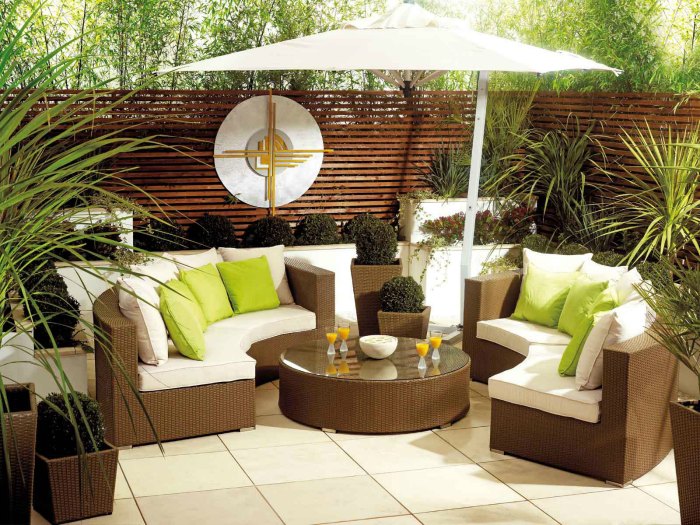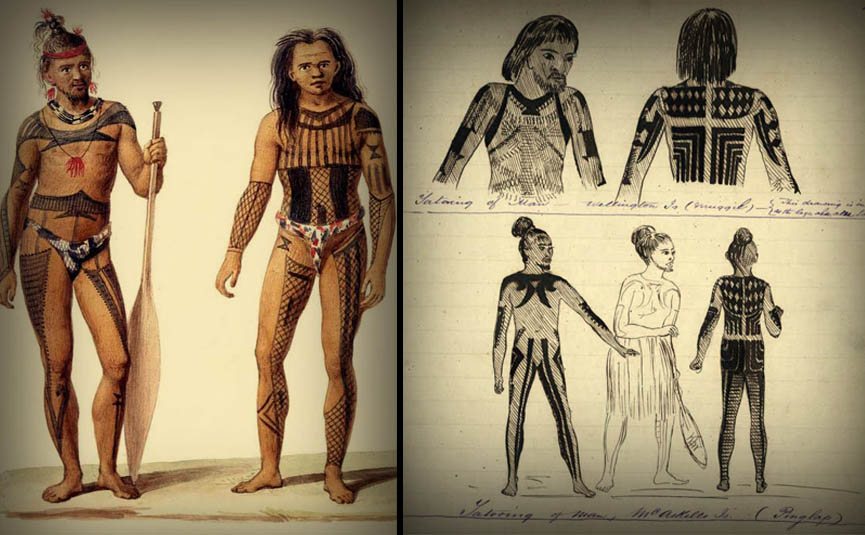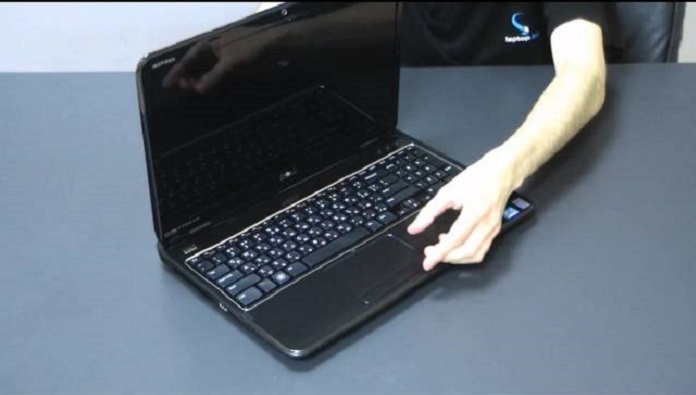A knife is a vital tool that finds its way into many day-to-day activities. You must have a knife in your survival gear and prepare your food while on a camping trip. If you’re a gardener, you likely have one in your garden as a trimming tool. And, if you’re a chef or someone who cooks daily at home, you need a high-quality knife or a set of knives to enhance your culinary skills.
Whether you’re a chef, gardener or outdoor enthusiast, you must know the importance of having a sharp knife. Once you buy them, you must maintain them as sharp as a shark’s teeth. If you ask yourself: what is the best way to sharpen knives at home, or what are the best maintaining practices to keep them razor-sharp for a longer time, read on to find out! Although we mainly discuss kitchen knife use, the principles apply to all knives.
Why Is Having a Sharp Knife So Important?
Having a dull knife is never okay and sometimes can be very dangerous. It takes more pressure to cut with such a tool, and it carries a bigger risk of hurting yourself. A dull knife crushes your food instead of slicing it, causing excess moisture that should go in the meal and not on your cutting board. Additionally, a cutting-edge knife allows you to cut your foods more precisely so they can cook evenly. You can also cut them thinner for a better visual.
Knowing the importance of having sharp knives, you should sharpen them regularly. Although this may sound tiresome, it’s not. Taking only 10-20 minutes every few months to sharpen your knives using efficient knife sharpeners makes all the difference. However, honing your knives should be done more regularly. If you’re surprised to hear this, thinking honing and sharpening are the same thing, you’re not alone.
The Difference Between Honing and Sharpening Knives
When you sharpen a knife, you create a new edge on its blade. The process involves removing material on the blade to produce a fresh, sharp edge. There are various sharpening tools, such as whetstones (or sharpening stones), manual knives sharpeners, electric knives sharpeners and serrated knife sharpeners.
When you hone a knife, you realign the sharp edge of a knife. Honing is a maintenance method; it uses a tool called a honing rod, also known as honing or sharpening steel. Some chefs hone their best knives before use to keep them effective and safe for longer.

How to Sharpen a Knife Effectively?
Using a Whetstone
Whetstones are pieces of stones used for sharpening your knife. They’re either handheld or attached to a base that sometimes has rubber on the bottom so it can stand firmly on the work surface. Some models have two sides: one for coarse and another for ultra-fine sharpening.
There are mineral and water stones. The first ones often come in a kit, combined with mineral oil, in which you should soak them before sharpening your knife. Or, you can buy the oil separately. The thing is, it spoils quickly, meaning you need to buy a new one now and then. If that’s not a problem, then buying a mineral stone might be right for you.
On the other hand, many people prefer water sharpeners. They’re simple to use: you only need to soak the stone in water before use. It starts bubbling, which means it takes the water inside. Once the bubbling stops, you need to get it out and put it on the base or other firm surface. Using a knife glide, which often comes with the stone, you sharpen the knife from heel to toe on both sides. It might not feel natural if you’re a beginner, but it’ll become easier over time.

Using a Manual Knife Sharpener
Manual sharpeners are innovative tools that everyone can use. They have two ceramic or stone rods for coarse and fine sharpening that are moulded into a base and allow for the proper angle every time. These simple devices usually have over-moulded grips that offer the user a comfortable and secure grip while sharpening.

Using an Electric Knife Sharpener
These are the same as manual sharpeners with the single difference of working using electricity. They can be hard on more fragile blades, so it might not be best to use them to sharpen your top-quality knives.
How to Hone a Knife Properly?
Using a Honing Rod
There are steel and ceramic honing rods. Both can be of good quality and can last for a long time. How can you use them? And how often?
You hone a knife using the same gliding move you do for sharpening. Some people hold the rod in one hand and a knife in the other and glide the knife’s blade onto the rod outwards not to cut themselves. Others like to place the stick on a table, moving the knife up and down onto the honing rod. Doing this after every use will keep a blade sharp between two sharpenings. If it seems too much for you, try honing your knife at least once a week.

Using a Ceramic Plate
This method can work wonders if you need to edge your knife and don’t have a knife sharpener. All you need is a ceramic plate with an unglazed potion on its bottom. Glide your knife on that part to give it a sharpness boost.

Quick Tips for Knife Maintenance
- Use the right knife for the job. You don’t want to use a chef’s knife to peel fruit, open a can, or chop bones with it; it’s not only bad for your knife but also dangerous. We have peeling knives, can openers and cleavers for that.
- Use a soft surface when cutting. Some people use hard surfaces like glass cutting boards which dull the blade. Use wooden, bamboo, rubber or plastic cutting boards instead.
- Use a paper towel under your cutting board to prevent it from sliding. It’s not only beneficial for your knives but is also safe for you.
- Clean them properly using mild soapy water. Make sure to dry immediately. Don’t put your knives in the dishwasher, as it can damage the blades.
- Store your knives properly using a block or a magnetic wall strip. Use a knife roll for travelling. Storing your cutters right will prevent beating them up on one another, causing blade dents, chips and cracks and keep them razor-sharp at any given moment.















